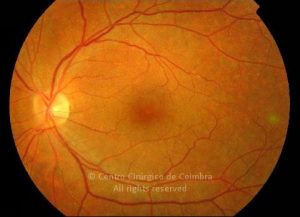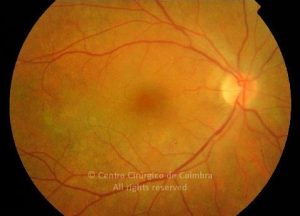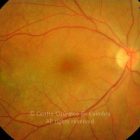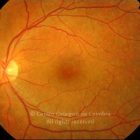Lyme disease is a systemic infection caused by Borrelia Burgdorferi and transmitted by the bite of a tick. The diagnosis is based on clinical findings and on serological study.
The disease presents three phases: phase I, characterized by chronic erythema migrans; phase II, by neurologic involvement; and phase III is characterized by chronic neurologic syndromes.
The ocular manifestations of Lyme disease may involve any portion of the eye and vary depending on the stage of the untreated disease. In early stage the patient may present conjunctivitis and photophobia. In mid-stage, blurred vision may also exist secondary to papilledema, optic atrophy, and optic or retrobulbar neuritis. Late stage may include iritis, keratitis, vitreitis, multifocal choroiditis, posterior or intermediate uveitis, and optic neuritis.









